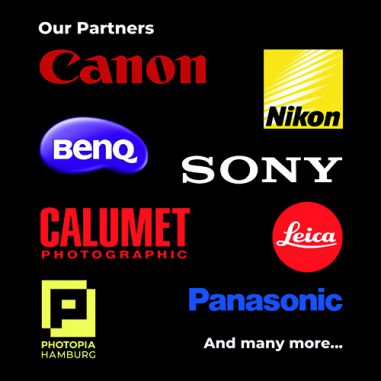Consumer appetite for High Definition TV shows no signs of slowing, with the 2010 football World Cup and 2012 London Olympics expected to help drive interest across Europe. Flat panel sales are currently driven by people replacing their CRT TV sets, and also by demand for smaller screen sizes as second and third displays are purchased for use in the kitchen or bedroom. The UK remains the lead market in Europe, with shipments last year reaching 8.8 million units, and Futuresource forecasts show the UK market will grow to 9.6m units in 2009. However, price drops during the latter half of 2008 and into 2009 have had a negative impact on TV vendors, with overall TV revenues expected to fall this year.
LCD has captured more than 90% of flat panel sales, and future growth will be driven by value-added features such as LED, high screen refresh rates, ultra-thin screen technologies and 3D, as well as continued migration to larger screen sizes. Plasma technology will continue to lose share to LCD, but will remain significant in screen sizes of 50 inches and above.
All flat panel HDTVs are capable of handling any HD input and scaling it appropriately, whether the screen resolution is 720 or 1080. However, the falling price premium for 1080p displays and the increasing amount of content available in Full HD from Blu-ray players and PS3 games consoles is driving a clear path towards 1080p screen adoption.
For many, Blu-ray Disc is regarded as the primary means of plugging into HD content, and is still the only full HD (1080p compatible) entertainment source available in some countries. Looking to the UK, the Blu-ray market is beginning to move from early adopter into the early majority phase. Purchases are focused primarily on standalone players, with sales last year of approximately 250,000 units. Futuresource anticipates the UK market will grow to around 700,000 units during this calendar year, with most consumers continuing to opt for a standalone player rather than invest in a Blu-ray Home-Theatre-in-a-Box system or a Blu-ray Disc recorder. Previously, many sales have been driven by deals that bundle devices with large screen TVs, but this is now in decline due to current TV pricing making product bundles less viable for retailers.
The Pocket Video Camera (PVC) segment has revived the broader camcorder market which had stagnated over recent years, by introducing the younger, IT-savvy ‘YouTube generation’ to the camcorder industry, traditionally largely restricted to young middle-to-high income households. PVCs, which comprise Flash-based devices under £200 with a ‘Candybar’ or ‘Pistol-Grip’ form factor, are boosting sales of camcorders and introducing new user-types to the segment. A range of factors is driving this step change, including the ever-increasing popularity of Web 2.0 sites with video upload capability. The ‘Candybar’ segment will drive much of the growth in 2009, helped by a large number of prominent brands adopting this form factor. Retail distribution of PVCs tends to be characterised by non-traditional routes to market, including online-only retailers, mass-retailers like Argos and shopping channels, as well as corporate and education segments driving significant volumes.
PVCs are exploiting a window of opportunity while mobile phones still need to catch up in terms of offering improved video capture, 3 and 3.5G connectivity direct to websites such as YouTube and Flickr, improved battery life and embedded/bundled storage capacities exceeding 1GB.
From a market of negligible size in 2007, the Netbook reached nearly six million units across Europe in 2008, and in doing so exposed a gap in the market for Notebooks that are configured primarily for internet usage and very little else. In the UK, Netbooks accounted for over one in ten sales of the UK PC market last year and Futuresource expects this trend to continue into 2009, as more and more vendors move into the low cost computing category. The UK market is expected to reach close to 2.5 million units this year, representing year-on-year growth of more than 70%, with a large swathe of the market being attracted by newer, cheaper netbooks offering increased functionality.





